7 Best Customer Messaging Tools for Businesses

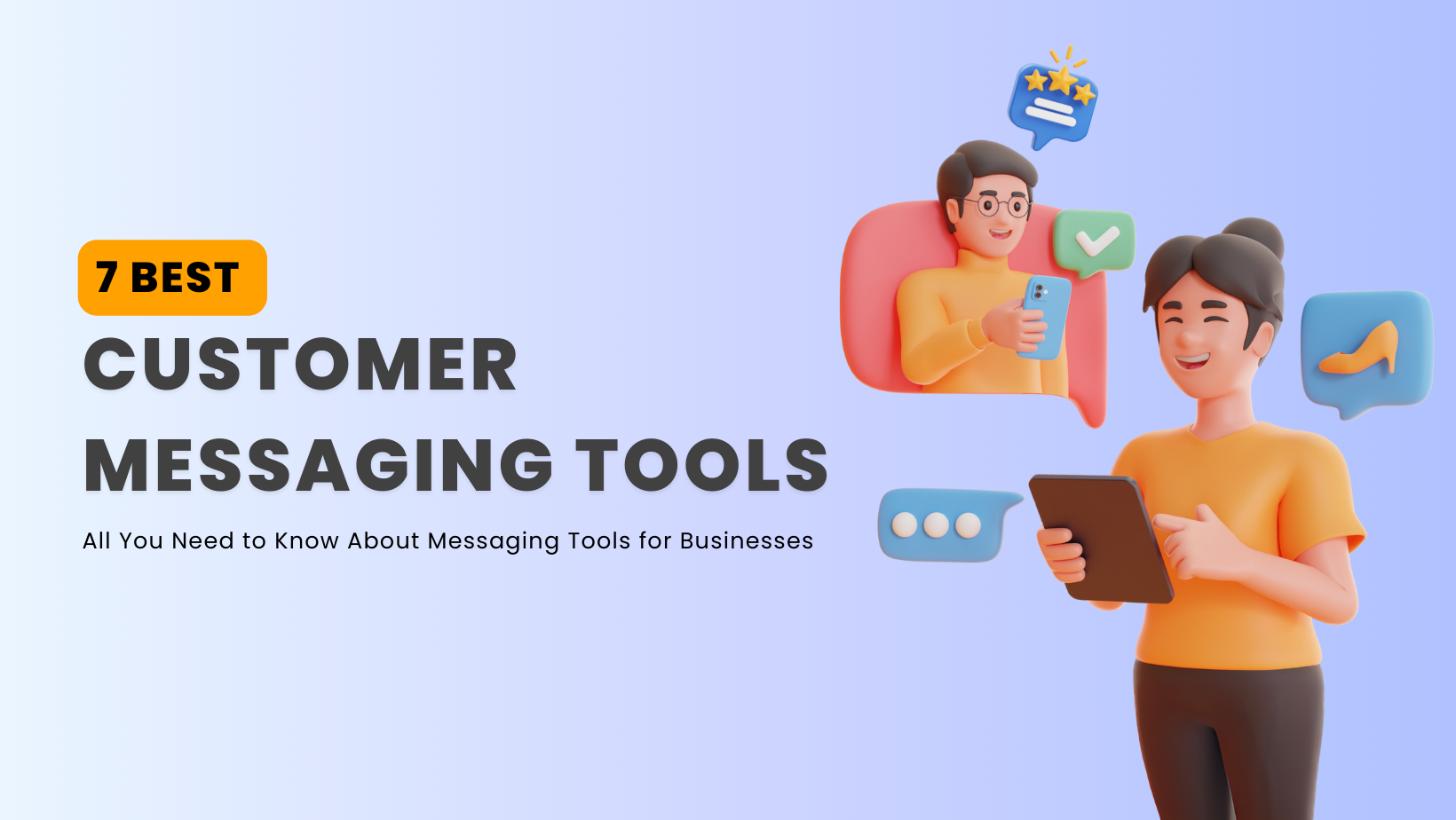
Your customer messages you on Instagram about a billing issue. Two hours later, they email because they think you missed their DM. By evening, they’re calling because now they’re genuinely frustrated. Does this sound familiar?
This happens every single day to most businesses. Customers don’t care that you have separate teams for email, social media, and phone support.
They just want their problem solved, and they’ll use whatever channel feels easiest in the moment. Meanwhile, your support team is still trying to figure out if this caller is the same person who messaged yesterday, or if that email is connected to the Instagram DM from last week.
Smart businesses have actually figured this out. They’re not running around on every time someone switches channels. What’s their secret? They just stopped pretending that Instagram messages and emails are completely different things that need completely different systems.
We’ve put together the seven best customer messaging platforms for 2026 to see which ones actually solve this problem. Some genuinely deliver on their promises. Others… well, let’s just say the marketing was better than the product.
Customer messaging platforms have become essential for digital customer service, enabling omnichannel engagement and unified brand experiences.
They allow businesses to respond faster, maintain context-rich conversations, and deliver personalised support across all major touchpoints like WhatsApp, Instagram, live chat, SMS, and email. Here are the 5 real business Impact:
When customers reach out via messaging apps or website chat, they expect timely, real-time responses. Modern messaging tools use AI-powered routing and automated chatbots to reduce average response times from hours to minutes.
A customer can send a weekend message on Instagram about order status. With integrated conversational AI and automated workflow triggers, basic queries receive instant answers, and complex tickets are escalated to the right team member once available.
Fast response times directly improve customer experience (CX) and encourage customer loyalty.
Customers want seamless service—not endless repetition. Unified customer messaging solutions link all contacts, past purchases, and preferences within a single CRM thread. This centralised view supports higher first contact resolution (FCR) and minimises issue escalation.
Suppose a customer mentions a delayed shipment on Twitter and later contacts support by phone. With integrated ticketing and omnichannel history, your agent instantly sees the full background and provides faster, more relevant solutions—without asking customers to repeat details.
AI chatbots and natural language processing play a bigger role in customer messaging than ever. Advanced platforms offer features like automated reply suggestions, intent detection, and conversation summarisation, so agents spend less time on simple questions and more on complex, high-value interactions.
Support staff can review a concise summarisation before jumping into lengthy support threads, speeding up resolution while maintaining accuracy. AI also detects sentiment and prioritises urgent cases, further raising service standards.
These upgrades translate into real business results.
Companies implementing unified messaging solutions often report:
These outcomes become even more important as businesses scale and diversify communication channels.
As businesses grow, so does channel complexity. The best customer messaging software offers scalable architecture with API integrations and flexible automation rules so you can add new channels and onboard new agents while retaining a unified customer view.
Many companies start with basic channels like website chat and email support, then expand to multi-channel and social messaging for better reach. Modern customer engagement platforms ensure smooth scaling without extensive retraining or risk of disorganised conversations.
These systems also future-proof your support operation.
Today’s customers value proactive, personalised support. AI-driven analytics and predictive modelling allow modern platforms to anticipate customer needs, trigger proactive alerts, and deliver targeted product recommendations based on previous interactions.
This level of contextual engagement isn’t just a technological upgrade—it’s becoming the standard for customer-centric brands. Businesses that leverage customer data, channel integrations, and automation retain loyal buyers and strengthen their brand reputation in competitive markets.
Use this checklist to identify if a platform is aligned with your operational requirements. Each item works as a ready-made question for vendor evaluations.
The market is full of options, but not every tool is built the same. Below, we break down seven leading platforms, highlighting their standout features and the types of businesses they serve best.

YourGPT is more than a messaging hub. It is designed as an AI-first platform that connects customer conversations with automation, workflows, and data-driven insights. Support, sales, and operations teams can all work from one system, making it easier to deliver consistent service and act on customer needs in real time.
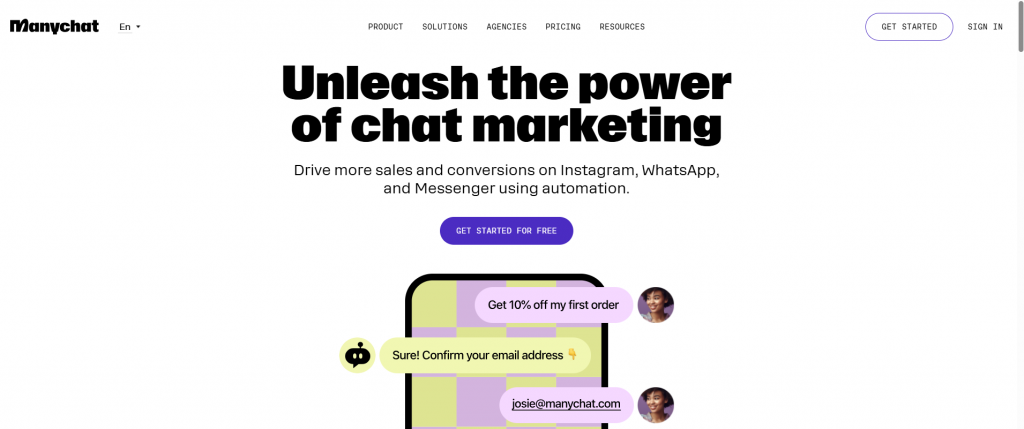
ManyChat is built for brands that connect with customers directly through social platforms. It focuses on helping businesses automate conversations, capture leads, and drive sales through apps where their audiences already spend time.
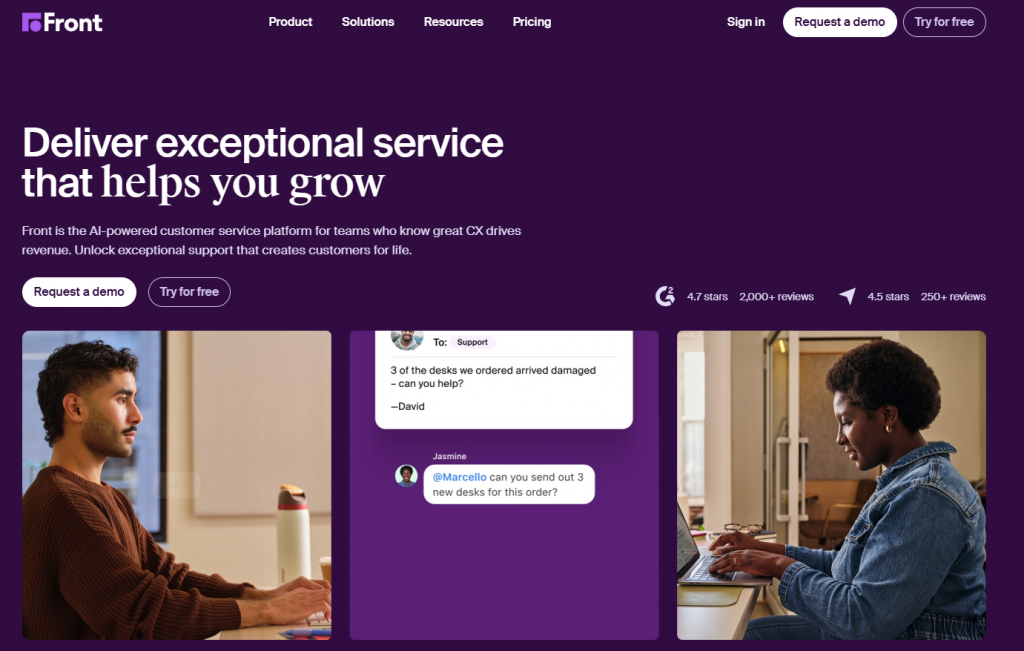
Front is designed for teams that handle large volumes of customer communication. It combines the familiarity of an email inbox with collaboration tools and automation, making it easier for agents to stay aligned and productive.

HubSpot brings customer messaging and CRM together in one system, giving teams a complete view of every interaction. Support, sales, and marketing teams can all access the same customer data, making communication more consistent and personalized.

Zendesk is one of the most established platforms in customer support, trusted by global brands for its ability to handle complex workflows at scale. It combines omnichannel communication, AI, and advanced analytics in a single workspace, making it a strong choice for large enterprises.

Hiver is designed for teams that work inside Google Workspace and want to manage customer messaging without leaving Gmail. It adds collaboration, automation, and AI features to the familiar inbox interface, making it easy for teams to scale support without adopting a new system.

ChatBot.com is built for businesses that want to launch automated support quickly without technical complexity. It offers a visual drag-and-drop builder and natural language processing (NLP), making it easy to design chatbots that engage customers around the clock.
Here’s a side-by-side look at the top customer messaging platforms in 2026, making it easier to compare features, pricing, and best-fit use cases at a glance.
| Platform | Why It Stands Out | Who Benefits Most |
|---|---|---|
| YourGPT | Complete AI Platforms that empowers teams to resolve issues quickly using a no-code experience. Integrates deeply, ensuring every customer touchpoint is covered. | Businesses seeking AI first solution to streamline support, sales, and operations |
| ManyChat | Automates conversations on social channels like Instagram, Messenger, and WhatsApp. Helps brands turn chats into sales with a simple setup process. | Ecommerce stores and brands that sell directly through social media |
| Front | Delivers a unified workspace for powerful team collaboration. Every team member shares context and responds faster, ideal for handling high message volumes using multiple channels. | Teams that manage large-scale, multi-channel communications and want email-like familiarity with advanced routing |
| HubSpot | Connects messaging and CRM, providing insights from every customer conversation. Support and sales can personalize answers and anticipate customer needs more easily. | Businesses already using HubSpot CRM or expanding into the HubSpot ecosystem |
| Zendesk | Engineered for enterprises, using automation, analytics, and extensive integrations to handle complexity. Designed to maintain high customer satisfaction even at large scale. | Enterprises or global teams that need robust workflows, analytics, and a wide range of integration options |
| Hiver | Improves email-based support with shared inboxes, SLA alerts, and AI-driven helpers. Runs seamlessly inside Gmail and is easy for small or medium teams to adopt. | Teams supporting customers through Google Workspace and looking for an easy way to add AI and automation |
| ChatBot.com | Enables anyone to launch smart chatbots quickly using intuitive drag-and-drop tools. Includes ready-to-use integrations, making 24/7 support possible without technical headaches. | Small to mid-sized businesses that need instant, always-on support and want a simple fallback to human agents |
Before you decide on a customer messaging platform, take a moment to consider what really matters for your business:
Focus on the needs that come up most often in your daily operations. Choose the platform that will make things easier for both your team and your customers, and help everyone have better conversations, every single day.
When selecting a customer messaging platform, businesses often run into the same avoidable errors. Here are some to watch for:
Keeping these points in mind will help you find a platform that supports your team and enhances communication with your customers.
Software that unifies conversations across website chat email SMS WhatsApp Instagram and more in one inbox with profiles automation AI summaries and reporting so teams reply faster with context.
Live chat sits on a site only. A messaging platform is omnichannel adds async threads inbox routing templates bots analytics and integrations that keep data in sync across tools.
Ecommerce SaaS agencies marketplaces and enterprises that handle support sales or operations across many channels gain faster response lower backlog and better CX with shared context.
Yes. One inbox removes tab hopping and saves hours for lean teams. Many plans start low with essentials plus growth paths for automation and seats.
AI drafts answers triages intent summarises long threads builds help articles surfaces next best actions and routes tickets to the right queue which improves first response and resolution.
Look for SOC 2 Type 2 GDPR ISO 27001 encryption at rest and in transit SSO audit logs role based access retention controls and region level data hosting.
Map channels volumes use cases and team roles. Score vendors on routing workflows AI quality integrations reporting and TCO. Run a two week pilot with success metrics.
Yes. Common links include Salesforce HubSpot Shopify BigCommerce Slack Jira and webhooks. Two way sync keeps orders contacts tickets and events aligned.
Expect agentic workflows proactive support predictive intent real time personalisation stronger privacy and one workspace that joins support sales and marketing.
Customers now expect quick, consistent support across channels like WhatsApp, Instagram, live chat, and SMS. Businesses that centralize these conversations in one platform can respond faster, improve satisfaction, and build stronger trust.
The platforms in this guide serve different needs. YourGPT is best for teams that want an AI-first system covering support, sales, and operations. Zendesk fits enterprises that need scale and advanced workflows. ManyChat works well for social-first brands that rely on Instagram and Messenger to drive sales.
Companies that use modern messaging platforms often see faster resolutions, higher satisfaction, and better retention. The best way to choose is to test a few options with your real workflows and measure the results. In 2026, the right messaging platform is not just another tool but a core part of customer experience and business growth.
Manage WhatsApp, Instagram, email, SMS, and live chat in one place with YourGPT. Reply faster, keep context, and let AI handle routine tasks while your team focuses on what matters most.
No credit card required • Full access • AI-powered for every business size
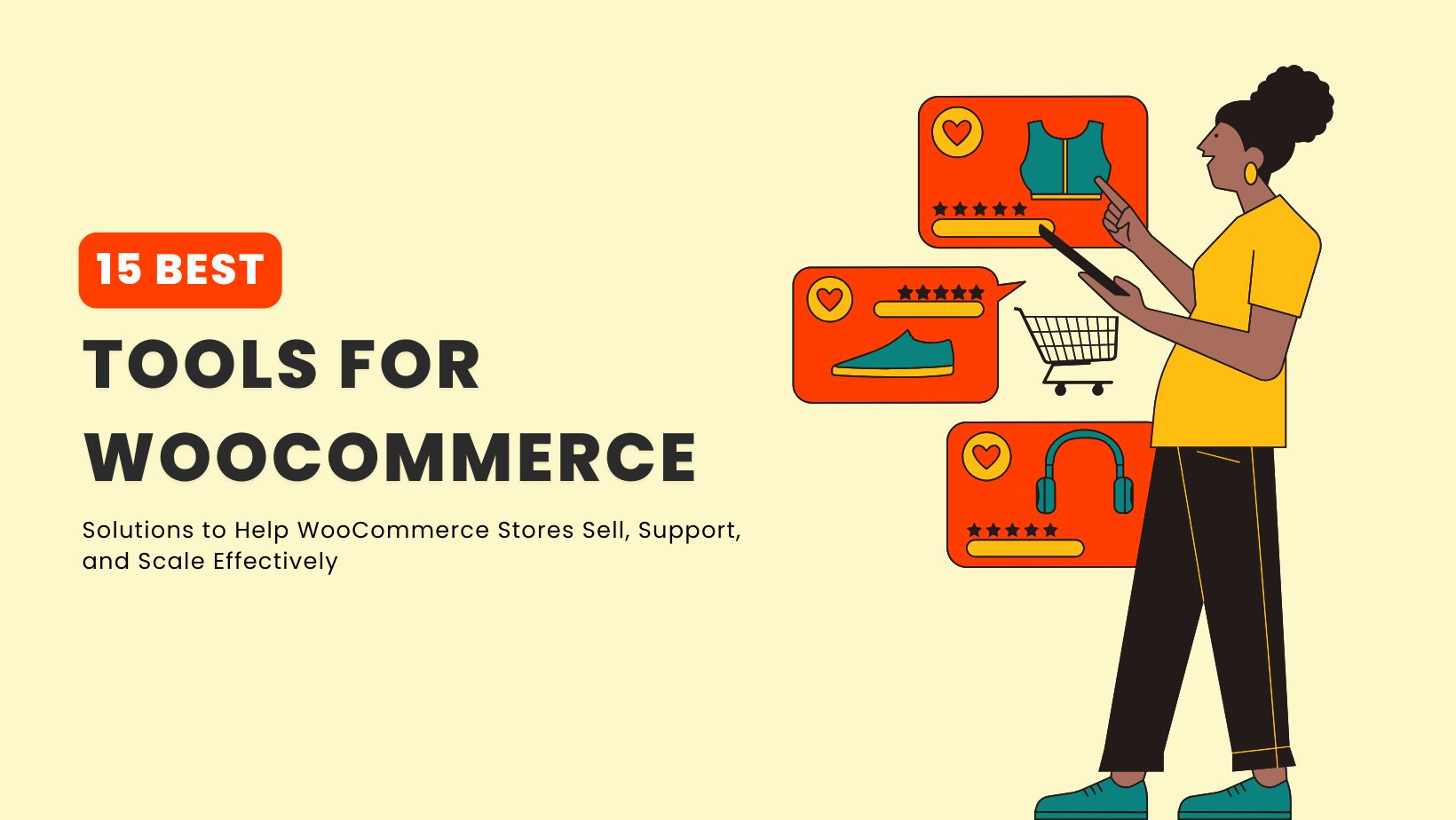
WooCommerce gives store owners flexibility, but that flexibility comes with trade-offs as a store grows. Over time, pages slow down as plugins accumulate, carts get abandoned without obvious reasons, and customer questions start consuming more time than expected. These issues rarely appear all at once, but they compound quickly and directly affect revenue. After working […]

AI customer support tools now form a core part of how many teams handle growing contact volumes and rising customer expectations. At the same time, the market has become crowded, with many similar-looking products and overlapping claims, which makes evaluation harder for support leaders. The AI customer service segment grew from about $12 billion in […]

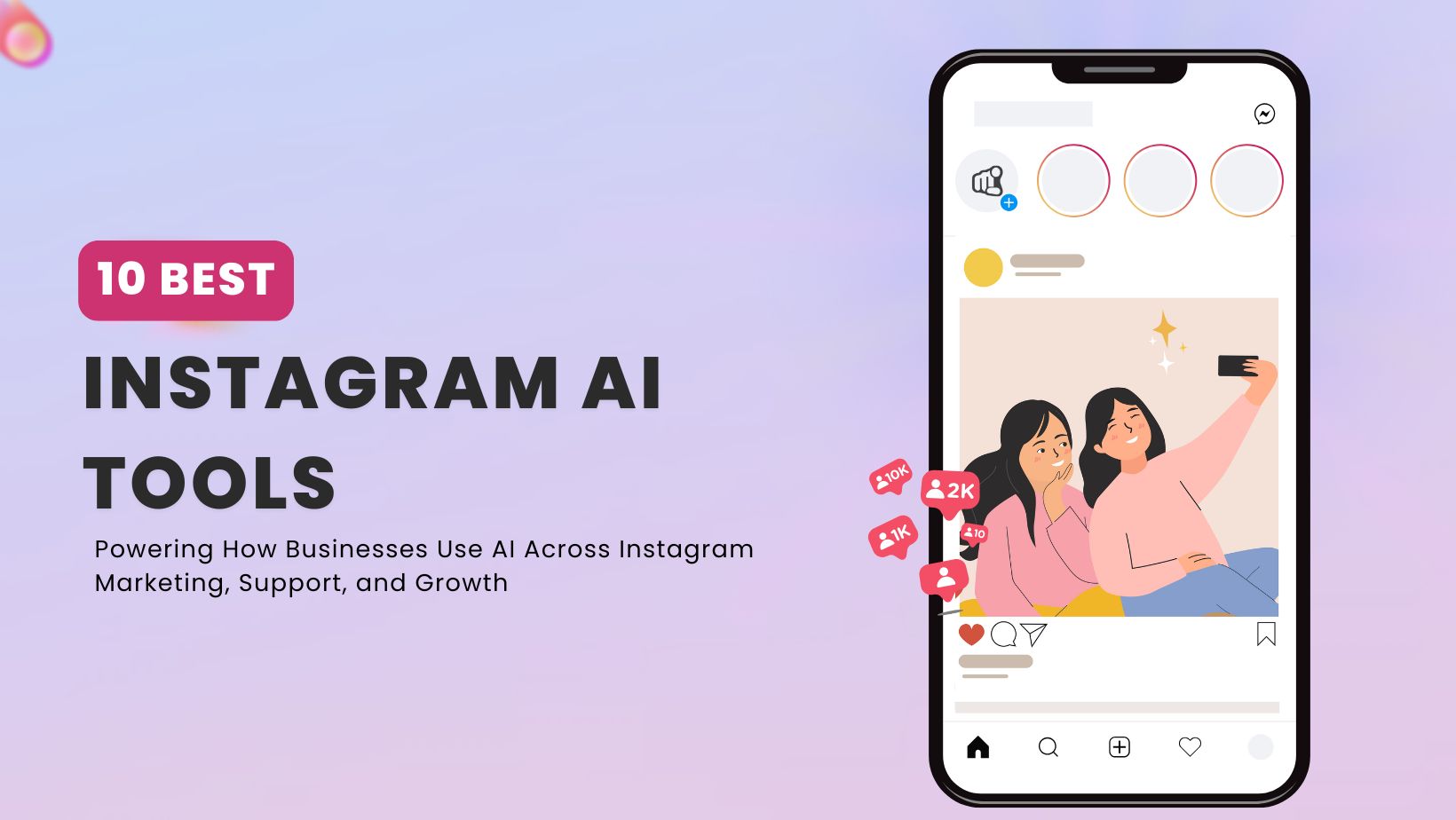
If you run an Instagram account for business in 2026, you already feel the pressure. The platform has 2 billion monthly users now. About 44% of people on Instagram shop every week, and most expect you to reply to their messages in under an hour. Between creating posts, Stories, and Reels, answering DMs, responding to […]

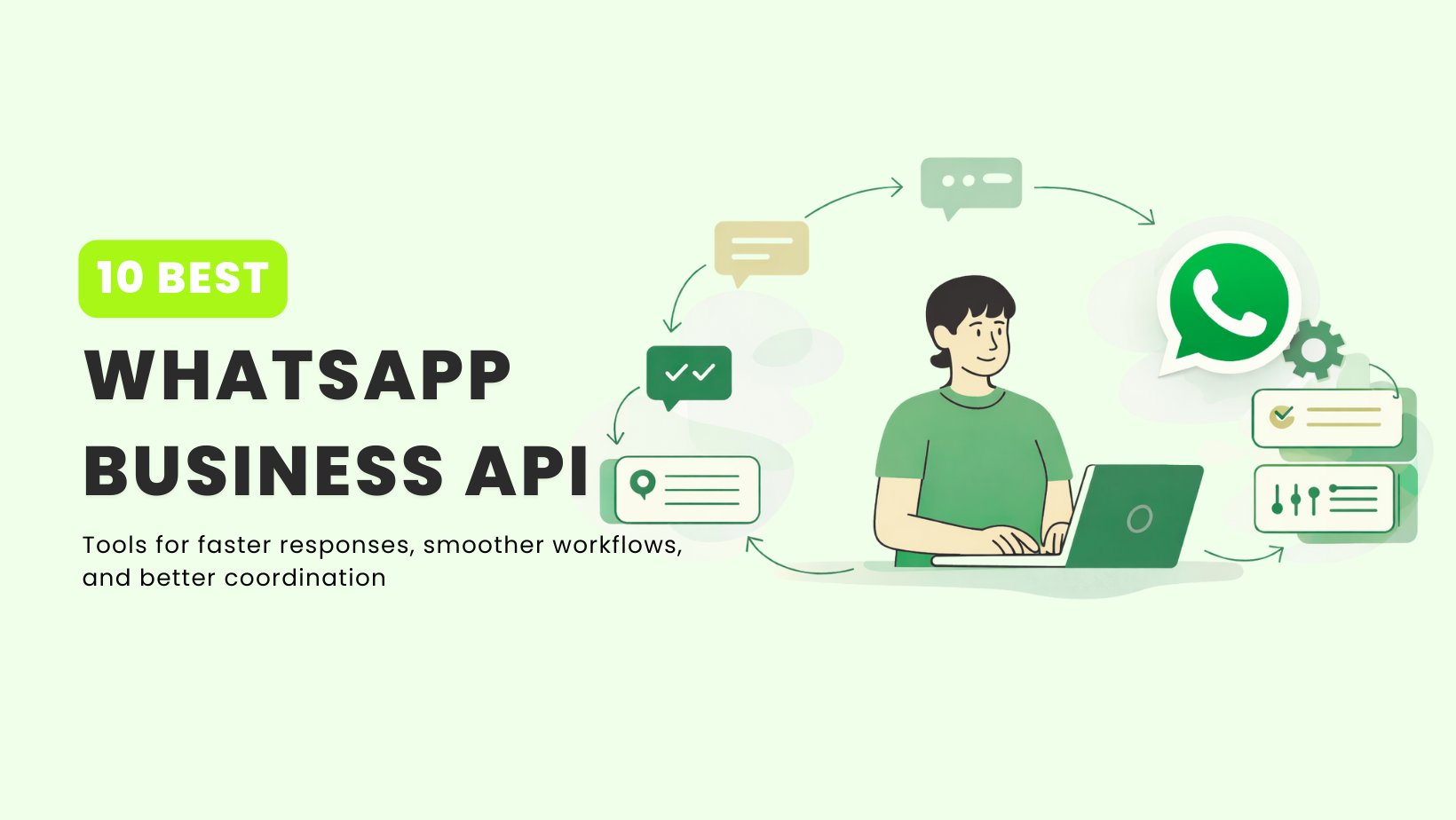
TL;DR As WhatsApp becomes a core business channel, teams outgrow the basic app and need API-based tools for scale. Platforms such as YourGPT, Respond.io, and Yellow.ai support advanced automation and multi-team workflows, while WATI fits smaller teams needing a simple shared inbox and light automation. WhatsApp has become one of the most important channels for […]

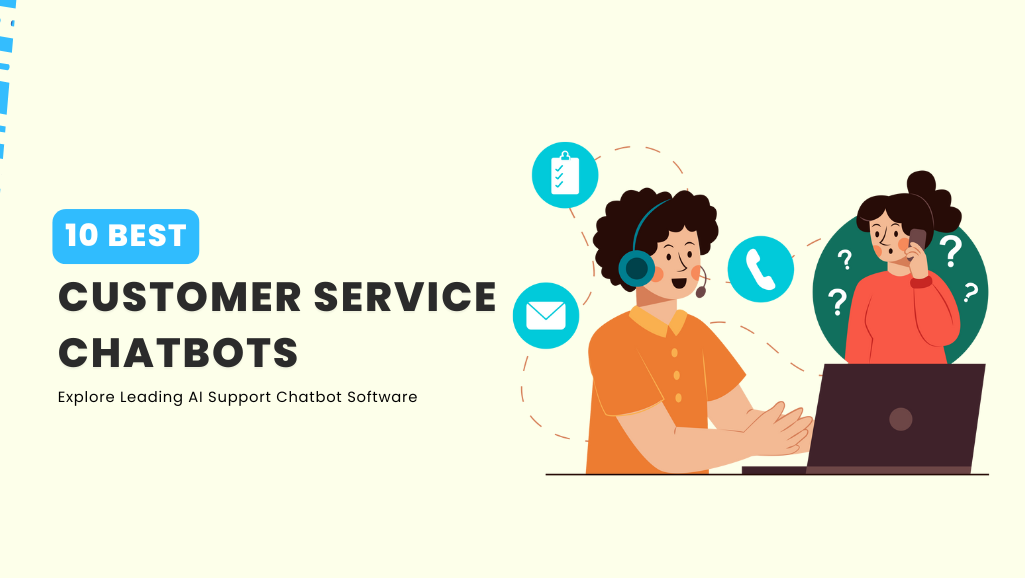
A customer sends an urgent question while your support team is offline. The delayed reply leads to frustration, and a small issue becomes a poor experience. This happens daily for businesses that cannot offer consistent, real-time support. AI chatbots help solve this. They respond instantly, understand context, guide customers through solutions, and transfer complex issues […]

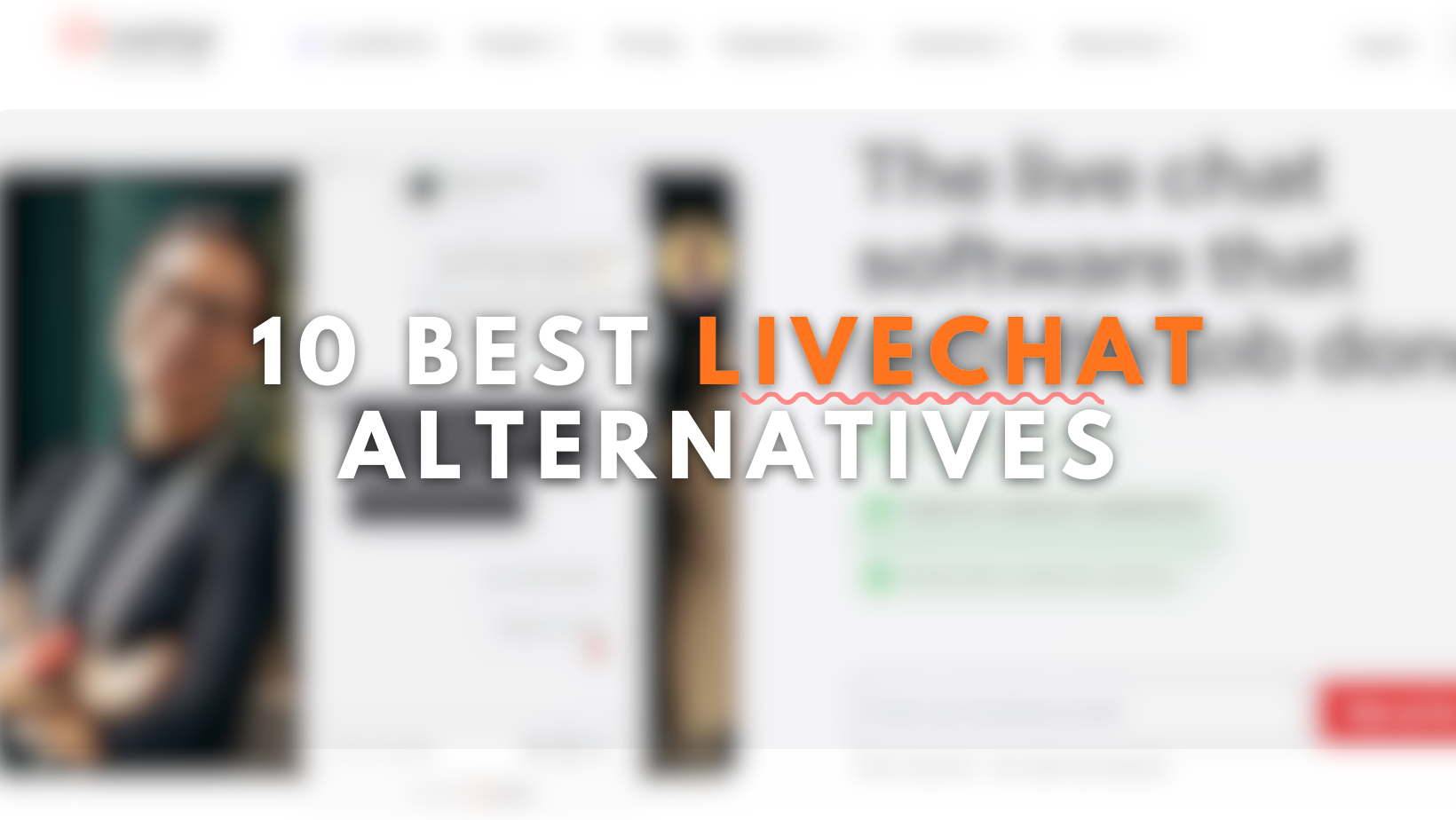
LiveChat is a customer messaging platform that has helped many teams handle customer questions through basic chat widgets, but the way businesses support customers has changed. People now expect quick answers across more channels, and support teams want tools that cut down on repetitive work instead of adding to it. As a result, many companies […]
